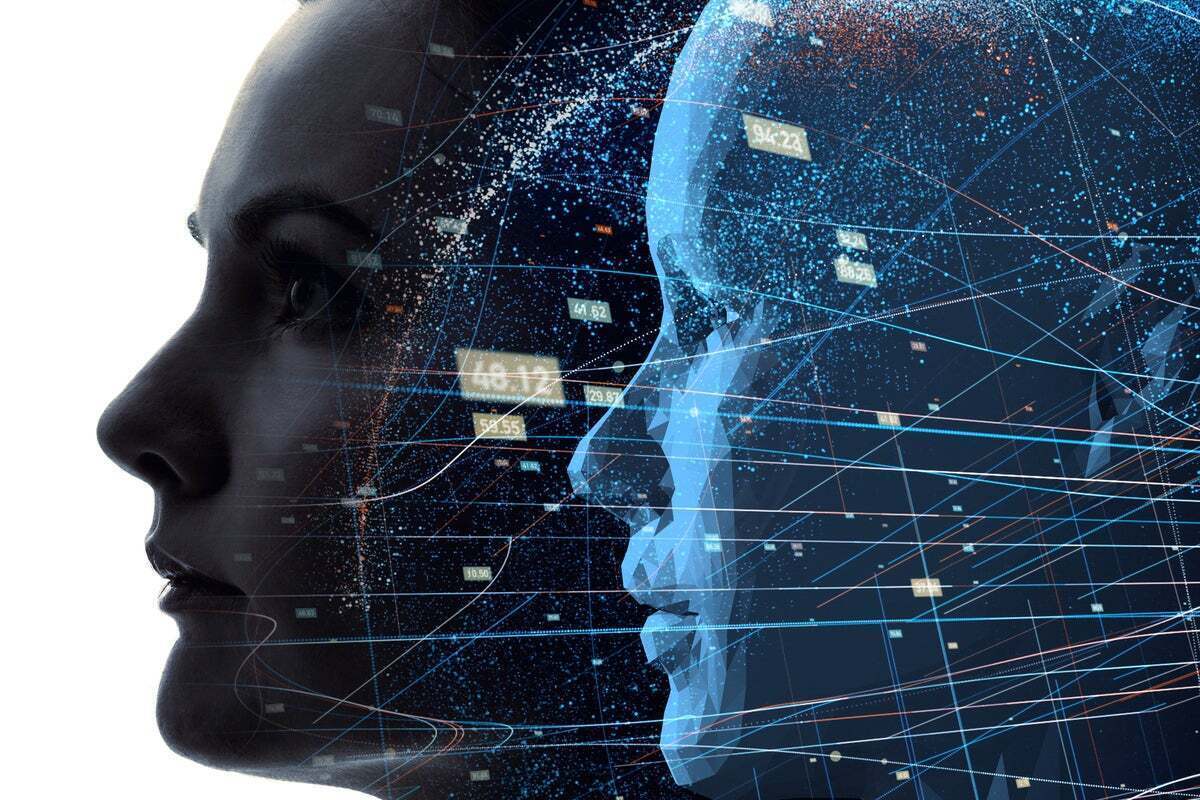The use of digital twins, virtual representations of real-world objects or people, is becoming increasingly popular across a wide range of industries. Digital twins can provide real-time models of physical assets, allowing companies to identify problems as they arise, or even before they occur. Grand View Research has predicted that the global digital twin market, valued at $11.1 billion in 2022, will grow at a 37.5% compound annual growth rate from 2023 to 2030 to eventually hit $155.83 billion. However, as the use of digital twins increases, experts are warning of the growing cybersecurity risks associated with this technology.
Because digital twins rely on data to create an accurate representation of whatever they model, they are vulnerable to data corruption or theft. Cybersecurity experts warn that digital twins can be as vulnerable to existing threats as conventional information technology (IT) and operational technology (OT) environments. Furthermore, some suggest that digital twins could produce new opportunities for security breaches, including what one expert described as “evil digital twins.” According to the US Government Accountability Office, the further adoption of digital twins increases the need for strong cybersecurity measures that ensure that the connection to the internet is secure and the data is protected.
Digital twins can be used to create an expanded attack surface, with potential hackers seeking to exploit weaknesses in the complex systems, computing power, networking, and data flows that make up digital twins. There are also concerns around legal and regulatory issues regarding data protection and privacy, such as how entities using digital twins can ensure that data is handled in ways that meet regulatory requirements.
Security and risk considerations may be overlooked, as digital twins’ technical complexity may be beyond the understanding of CISOs and security teams who may not know they exist. Even business units implementing digital twins may be concerned that adding too many security controls could negatively impact performance. As digital twins are becoming increasingly prevalent across many industries, the need for strong cybersecurity measures and risk management should not be overlooked.
Experts warn that the use of digital twins could give rise to emerging risks or novel threats. For example, the rise of “evil digital twins” could lead to ransomware, phishing, and highly targeted cyber-warfare. Cybercriminals could manipulate an existing digital persona, which would enable them to watch and participate in organizations and inject malware into the system seamlessly. Hackers could even break into digital twin environments, manipulate data, or steal critical information, leading to skewed simulation outcomes.
Crucially, experts warn that the potential consequences of these risks are not yet widely understood, and organizations must take action. It is vital to ensure that there are adequate security measures and risk management protocols in place, particularly as the use of digital twins continues to grow across a range of different sectors and applications.


